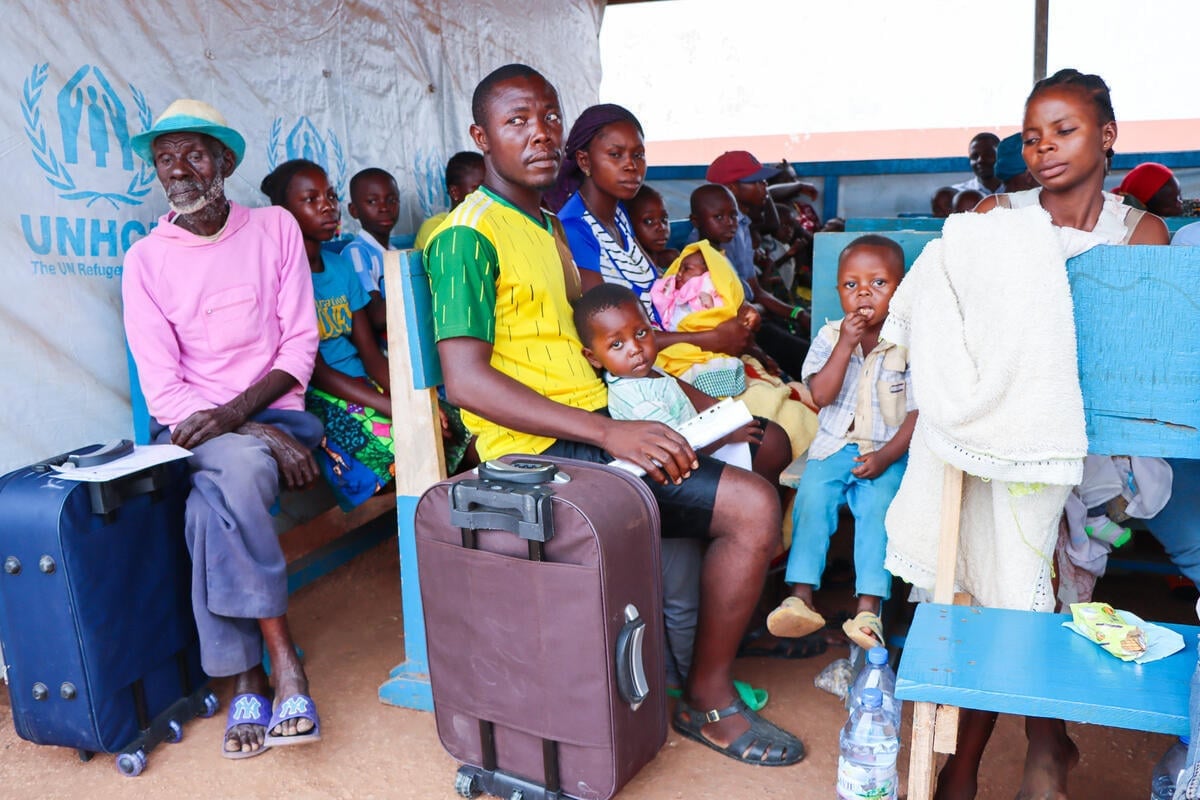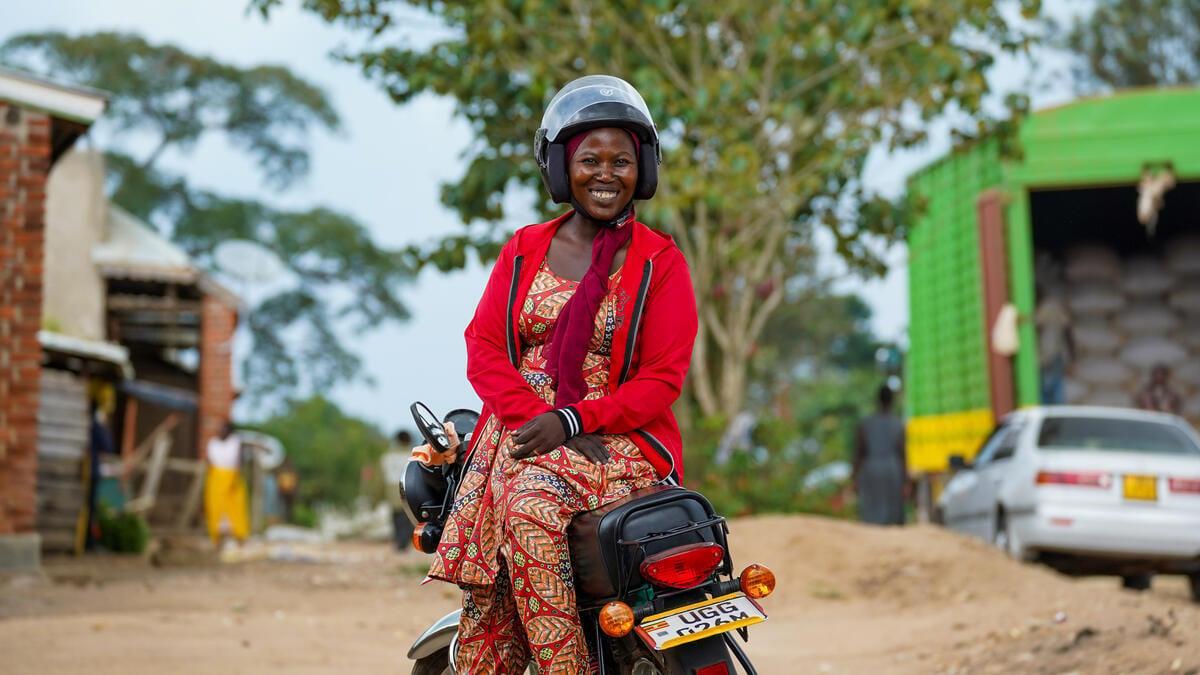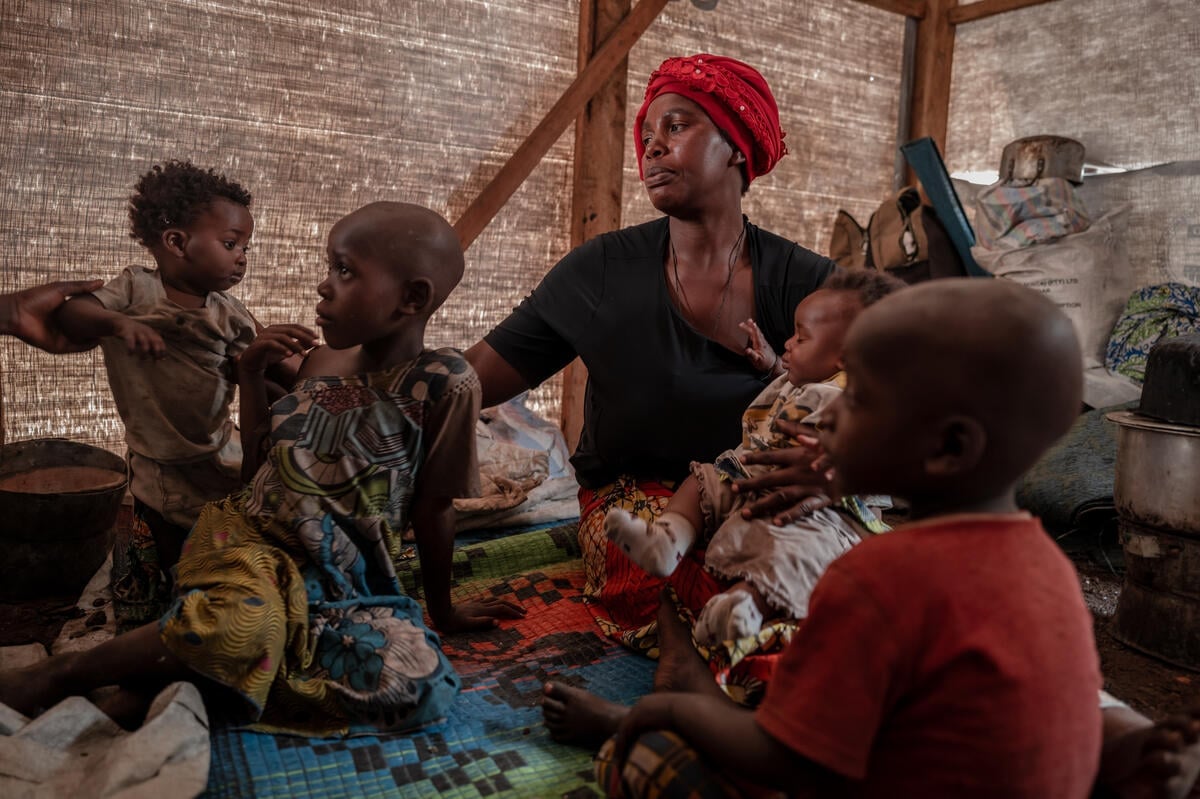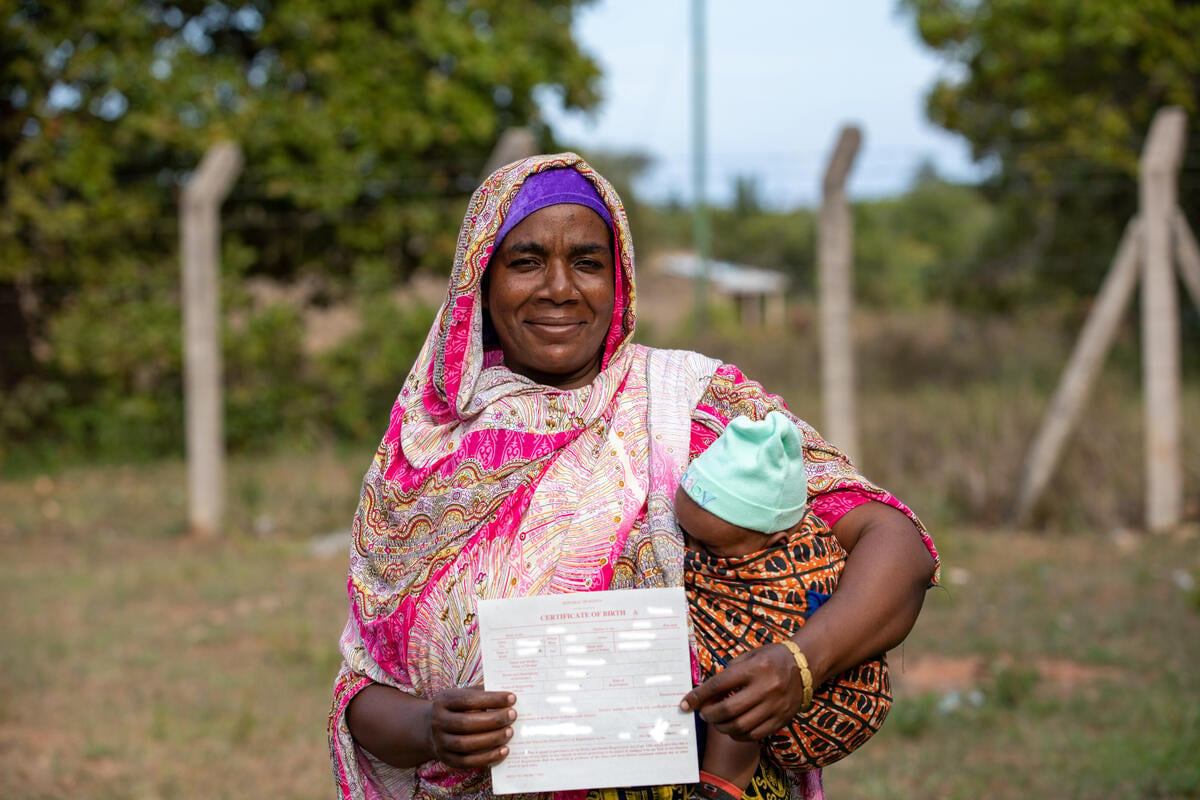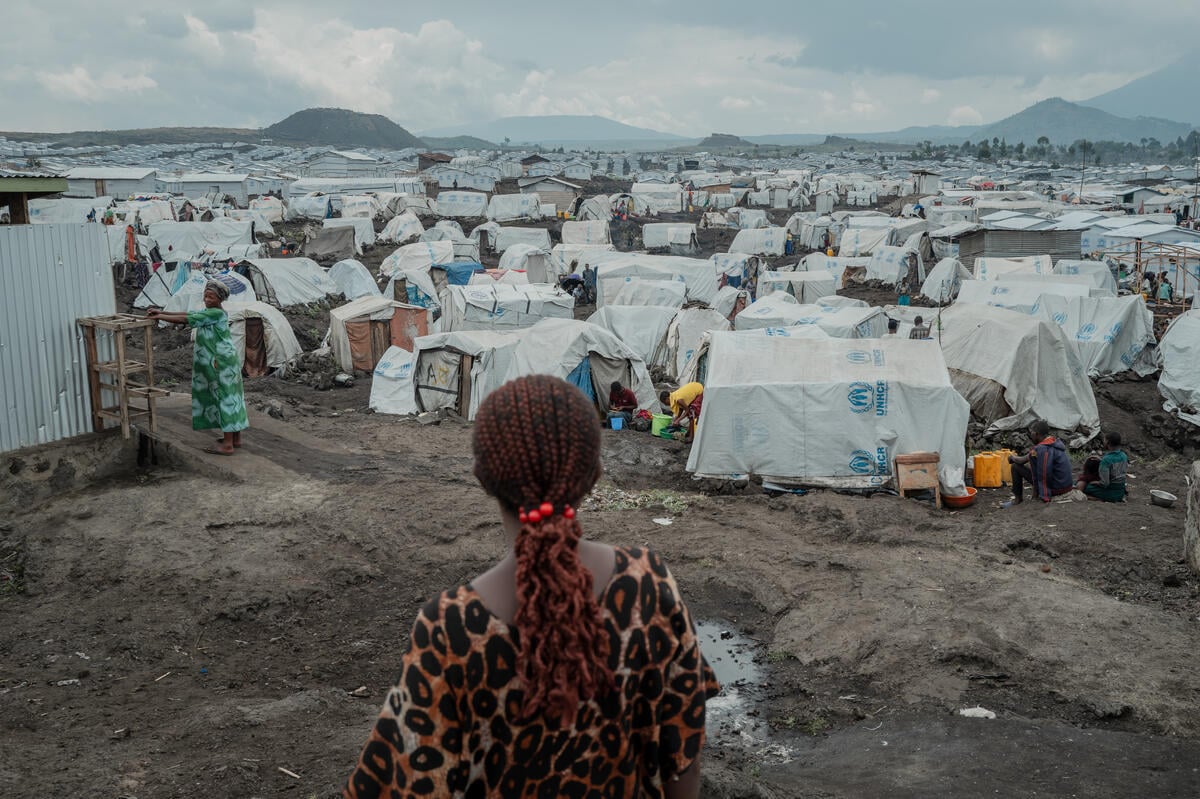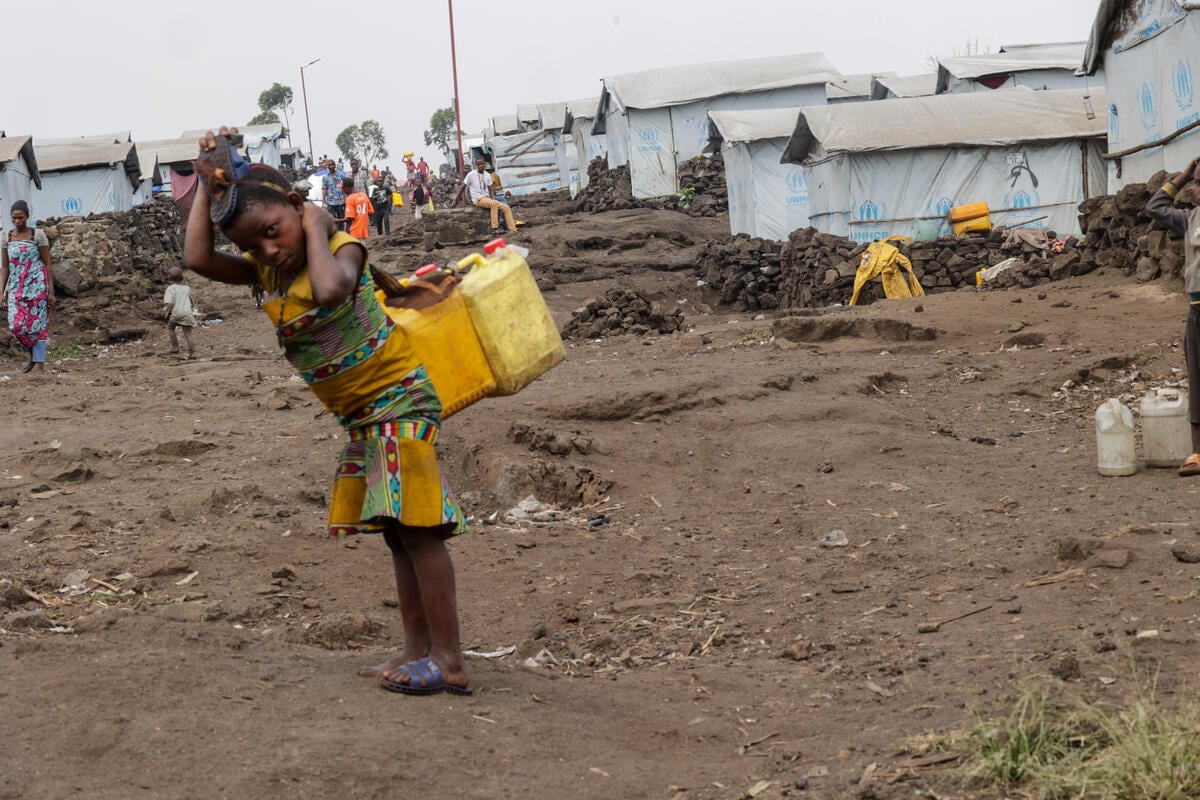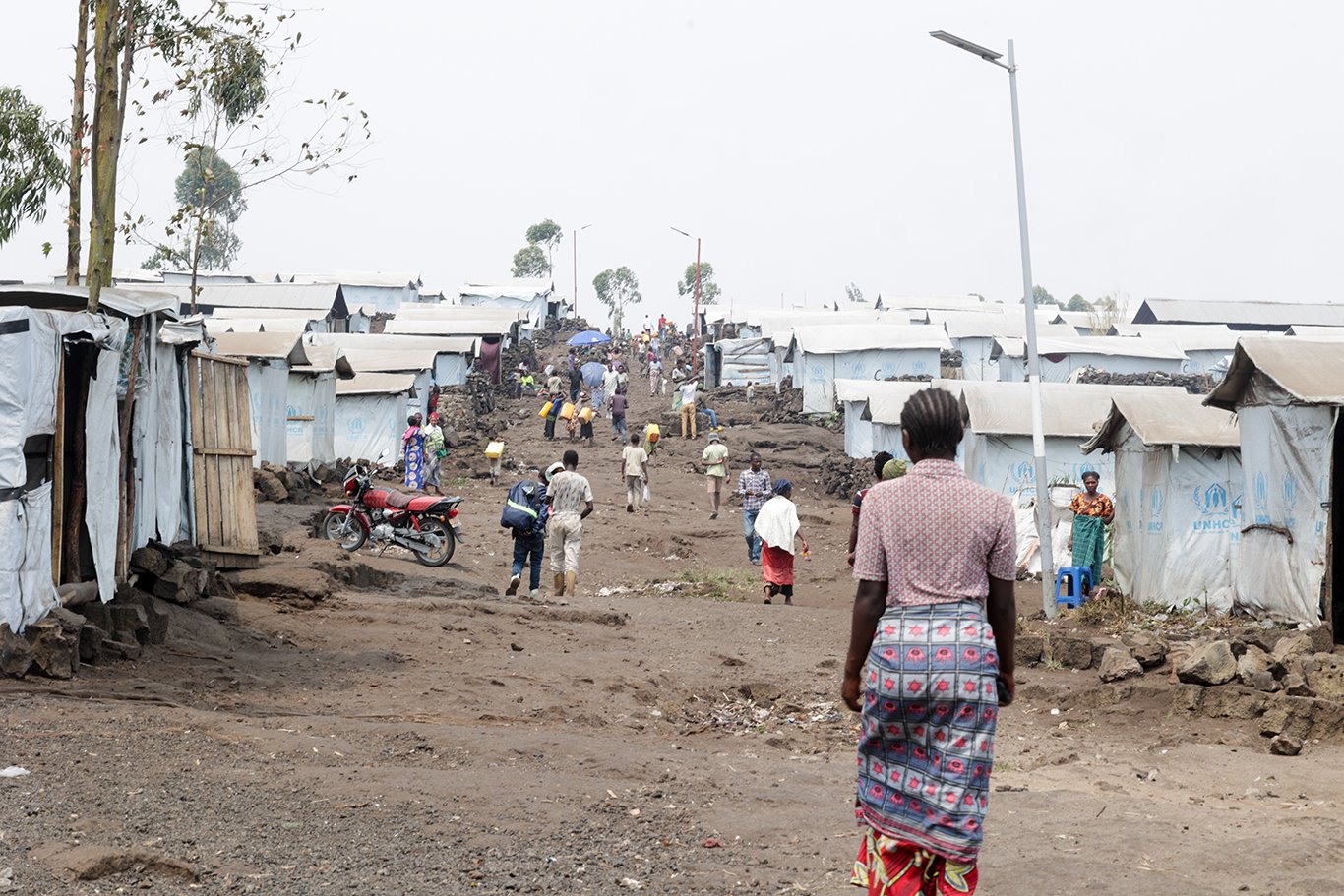Ogata urges emergency lifelines to refugees and displaced people in Zaire
Ogata urges emergency lifelines to refugees and displaced people in Zaire
The United Nations High Commissioner for Refugees called Sunday for the urgent opening of emergency lifelines to more than 1.2 million Burundi and Rwandan refugees and tens of thousands of displaced Zairians caught in the fighting in eastern Zaire.
High Commissioner Sadako Ogata also announced she was dispatching Assistant High Commissioner Sergio Vieira de Mello to Rwanda and Zaire to discuss with high officials ways of easing the refugee crisis in the Great Lakes region. Vieira de Mello is scheduled to leave Geneva on Monday for Kigali.
"This may be a final appeal to all those involved in this terrible conflict, or it will be too late. Combatants should stop attacking refugees. The refugees from the largest camps in the region are on the move toward some of the most inhospitable and inaccessible areas in Zaire. The further the refugees move west, the more difficult it will be for us to reach reach them. It may make repatriation and reconciliation impossible," Ogata said.
"We must open emergency lifelines to the refugees and displaced people now, wherever they are. We must open humanitarian corridors to enable refugees to return in safety to Rwanda and Burundi. Unless we reach the refugees soon, many women and children, the elderly, the sick and the wounded are going to die," Ogata said.
Heavy fighting forced UNHCR's remaining 14 expatriate workers in eastern Zaire to evacuate from the refugee town of Goma on Saturday. They were among 130 expatriate workers from U.N. agencies and non-governmental organizations who took advantage of a lull in the fighting and dashed to the Rwandan border town of Gisenyi after being trapped for several days in their offices.
Some 1.2 million of the more than 1.8 million Rwandan and Burundi refugees are in Zaire. The rest are in Tanzania.
Since fighting broke out in the Uvira and Bukavu regions two weeks ago, UNHCR has had no contacts with the 520,000 Burundi and Rwandan refugees there.
In the Goma region, which originally cared for 715,000 Rwandan refugees, UNHCR has learned that refugees have abandoned Katale Camp, many of them heading south toward the Sake area at the north-western tip of Lake Kivu. Some 20,000 refugees from Katale, comprising mainly the sick and elderly and other vulnerable groups, are in nearby Tshondo in the Virungu national park area. Katale's original population was 202,000.
Many of the estimated 400,000 Rwandan refugees crammed in Mugunga and Lac Vert camps just to the east of Goma town have reportedly left for Sake. The Mugunga and Lac Vert camps included some 194,000 refugees from Kibumba camp, which was attacked one week ago. Another camp, Kahindo, which had 115,000 refugees was emptied on Thursday.
Ogata said humanitarian corridors should be opened to enable refugees to return to their countries. She said these same passages could be used to transport relief to the refugees and displaced Zairians wherever they are in eastern Zaire.
The High Commissioner noted that about 1,700 Rwandan refugees have so far arrived in Rwanda. She said this may be because many refugees could not cross battle lines. She renewed her pledge that UNHCR would do everything in its power to help returnees. She noted that 80,000 Rwandan refugees who returned to Rwandan in July and August are now beginning a new life.
About 11,400 refugees, mostly Zairians but including Rwandans, have arrived in southern Uganda. In Burundi, 10,157 refugees have arrived from Zaire.


